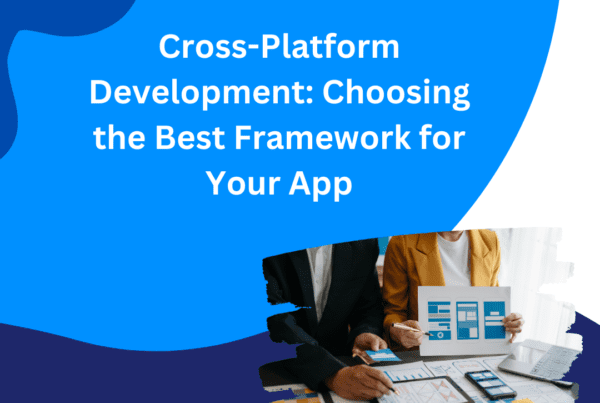Geofencing vs geotargeting
You have probably heard of the term geolocation and have a general idea of what it entails. With the steady rise of smartphones and mobile app use, this type of technology continues to grow, contributing to the creation of location-based services in the mobile app marketing world. Two of the most popular ones are currently geotargeting vs geofencing. These have gained a lot of attention recently and, in this article, we’ll focus on what each of these is and what sets them apart.
What is geolocation?

Geolocation is an essential component of both geofencing and geotargeting so we thought it best to start with the basics.
Geolocation is the real-time location of an object (in our case, most likely a mobile phone). It works through the GPS tracking in your phone and is what allows you to use mobile apps to get directions, check the weather or order food, among many other things.
As geolocation relies not only on GPS but also mobile networks, device-based location tends to be more accurate in highly populated areas that have a greater number of cell towers.
What is geofencing?
Geofencing refers to placing a virtual barrier on a digital map. Within a marketing context, this would mean that, for example, mobile ads would only be shown on devices within a specific building. When a mobile app user enters or exits the fenced area, a predetermined action is triggered. This can be a notification, an alert or even a text message. To sum up, geofencing targets an audience within a specific location, such as someone visiting a branch of a bank or any of the stores of a specific chain.
In addition to mobile app marketing, geofencing has countless other uses. For instance, it can work as a security measure for companies so that users can only access sensitive data in a specific location. It also allows parents to check when their kids have left home or school and can make your life easier by triggering certain smart house features.
What is geotargeting?
Although geotargeting is relatively similar to geofencing, in this case we are talking about engaging users within a radius instead of a specific location. Here, mobile app users are targeted based on their location, behaviors, interests and demographics. This means a mobility app can notify you of traffic issues relevant to your location or a local store can push job offers to students on a University campus.
It is important to note that, in this case, there is a minimum one-mile radius required, which means you can’t target just one shop, for example.
Geofencing vs geotargeting
Geofencing defines a perimeter around a specific area to target users using mobile apps within that area and is triggered when the users cross this perimeter. Geofences can cover from just a room to an entire city and can be used for countless purposes, although they tend to target smaller areas for best results when it comes to mobile app marketing. Meanwhile, geolocation is used mainly for marketing purposes in order to target consumers or users within specific geographical areas and requires a minimum area coverage.
Extra: Beacons
Before there was geofencing and geotargeting, there were beacons. Beacons work with Bluetooth technology instead of GPS, sending notifications to all mobile devices in range. The main difference between beacons and geolocation technologies is that beacons send data but do not receive any in return. This gives them an advantage when it comes to privacy concerns. Moreover, as they work on Bluetooth, beacons don’t affect data usage or battery life in the same way as geolocation. However, on the downside, beacons tend to be less reliable as they can be easily broken, lost or stolen.
Given all of these details, beacons are convenient when dealing with a small, indoor location. A good use case for it would be a local store that wishes to notify mobile app users of a special deal as they enter the location.
Final thoughts on Geofencing vs geotargeting
Both geofencing and geotargeting are excellent mobile app marketing tools. You may use one or both, depending on what the goals of your marketing strategy are. We hope this article has given you some clarity regarding the main difference between these two geolocation technologies. Moreover, we are excited to see what other tools the mobile app marketing world brings.






